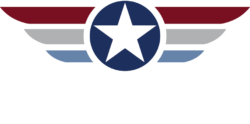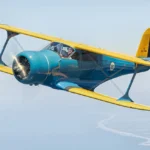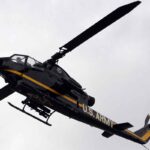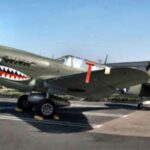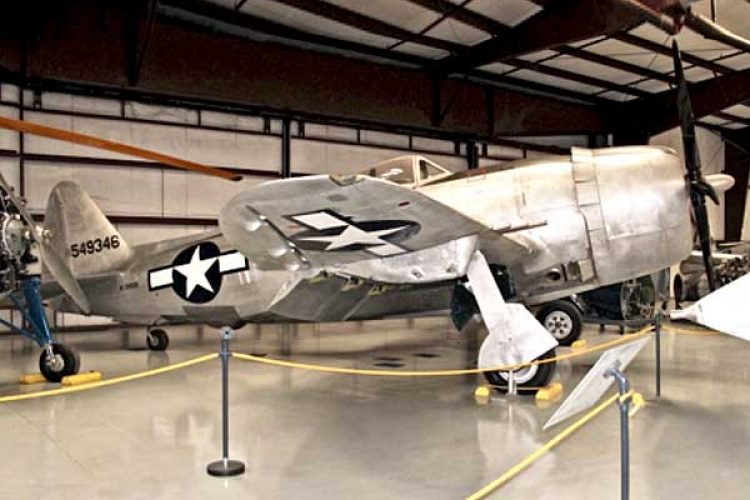
Service History of 45-9346
- Delivered to USAAF June 19, 1945
- Jun 1945 – 261st AAf Base Unit (Second Air Force), Sweetwater AAF TX
- Dec 1945 – To Independence AAF MO (storage)
- Jan 1947 – To Hill AAF UT (storage)
- Jan 1948 – To 105th Fighter Squadron (Air National Guard), Berry Field, Nashville TN
- Mar 1951 – Unit assigned to Air Defense Command (to F-47D)
- Jan 1953 – To Oklahoma City Air Materiel Area, Tinker AFB OK
- Jun 1953 – To TEMCO, Hensley Field, Dallas TX
- Sep 1953 – Dropped from inventory by transfer to Brazil
- Sep 1991 – Acquire & restored by Yanks
Affectionately named the “Jug” for its large size & famed durability, the Thunderbolt proved to be a versatile design suited to many different tasks. Eventually serving in every theater of the war, the Thunderbolt began its career escorting bombers of the 8th Air Force. It would be used with great success by such units, as the 56th Fighter Group which would produce such famous aces as Hubert Zemke, Francis Gabreski & Robert Johnson.
In the first six months of 1945, the P-47 dropped an average of 541 tons of bombs daily. Bodyguard to the bombers of the European Theater, the P-47 gave the Allies air superiority.
Powered by the famed Pratt & Whitney R-2800 Double Wasp radial engine, it could reach great speeds, especially in a dive. Several pilots would go on to make claims of having broken the sound barrier while diving Thunderbolts, though none of these claims were ever substantiated. As P-51s increasingly became available for escort duty, Thunderbolts were increasingly used in the ground attack role where their heavy armament and proven durability were highly valued.
